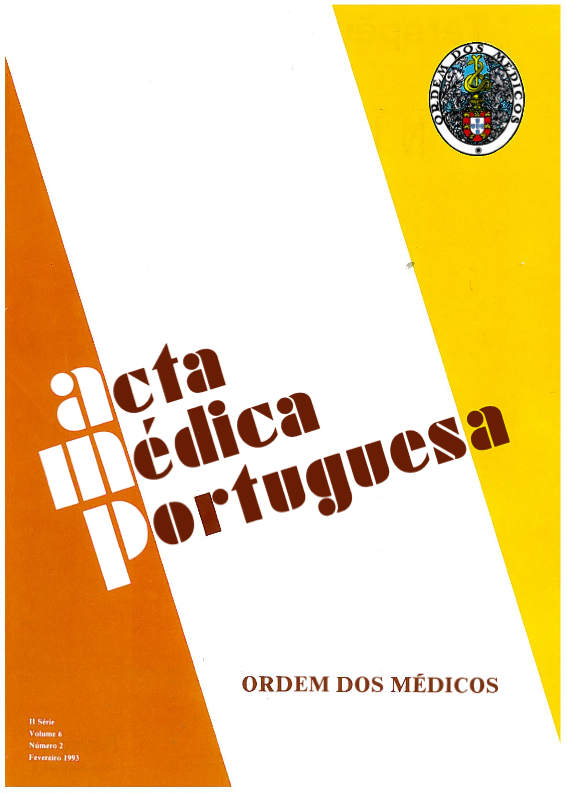Imaging methods in the study of urinary tract infections in children.
DOI:
https://doi.org/10.20344/amp.3061Abstract
When studying a child with urinary tract infection it is important to detect and localize any renal (scar) or urologic anomaly. Here we study the information obtained using: renal and vesical ultrasound (US), DMSA scan and radiologic or isotopic cystogram. Methods: We studied 148 children with more than one urinary tract infection and/or pyelonephritis; their mean age was 35.9 months (1-148 months); 55% were girls. The three diagnostic examinations--US, DMSA scan and cystogram were made in the order; the DMSA scan or cystogram was never made sooner than one month after the UTI. Results: In 42% of the children the three exams were normal; 4 of these children had another UTI and the urodynamic study revealed vesical disfunction. 11% had renal scars (DMSA scan) with normal US and cystogram; 30% had VUR, 50% of which had an altered US and 57% had renal scars on the DMSA scan. 12% of the children had an altered US with a cystogram showing no VUR; 66% of these had renal scars. 4% had vesical anomalies on the US and cystogram. Conclusion: The three exams chosen were able to direct the diagnostic approach of UTI, being sufficient in most of the cases. We would like to emphasize the importance of the DMSA scan in diagnosing unsuspected renal scars.Downloads
Downloads
How to Cite
Issue
Section
License
All the articles published in the AMP are open access and comply with the requirements of funding agencies or academic institutions. The AMP is governed by the terms of the Creative Commons ‘Attribution – Non-Commercial Use - (CC-BY-NC)’ license, regarding the use by third parties.
It is the author’s responsibility to obtain approval for the reproduction of figures, tables, etc. from other publications.
Upon acceptance of an article for publication, the authors will be asked to complete the ICMJE “Copyright Liability and Copyright Sharing Statement “(http://www.actamedicaportuguesa.com/info/AMP-NormasPublicacao.pdf) and the “Declaration of Potential Conflicts of Interest” (http:// www.icmje.org/conflicts-of-interest). An e-mail will be sent to the corresponding author to acknowledge receipt of the manuscript.
After publication, the authors are authorised to make their articles available in repositories of their institutions of origin, as long as they always mention where they were published and according to the Creative Commons license.









